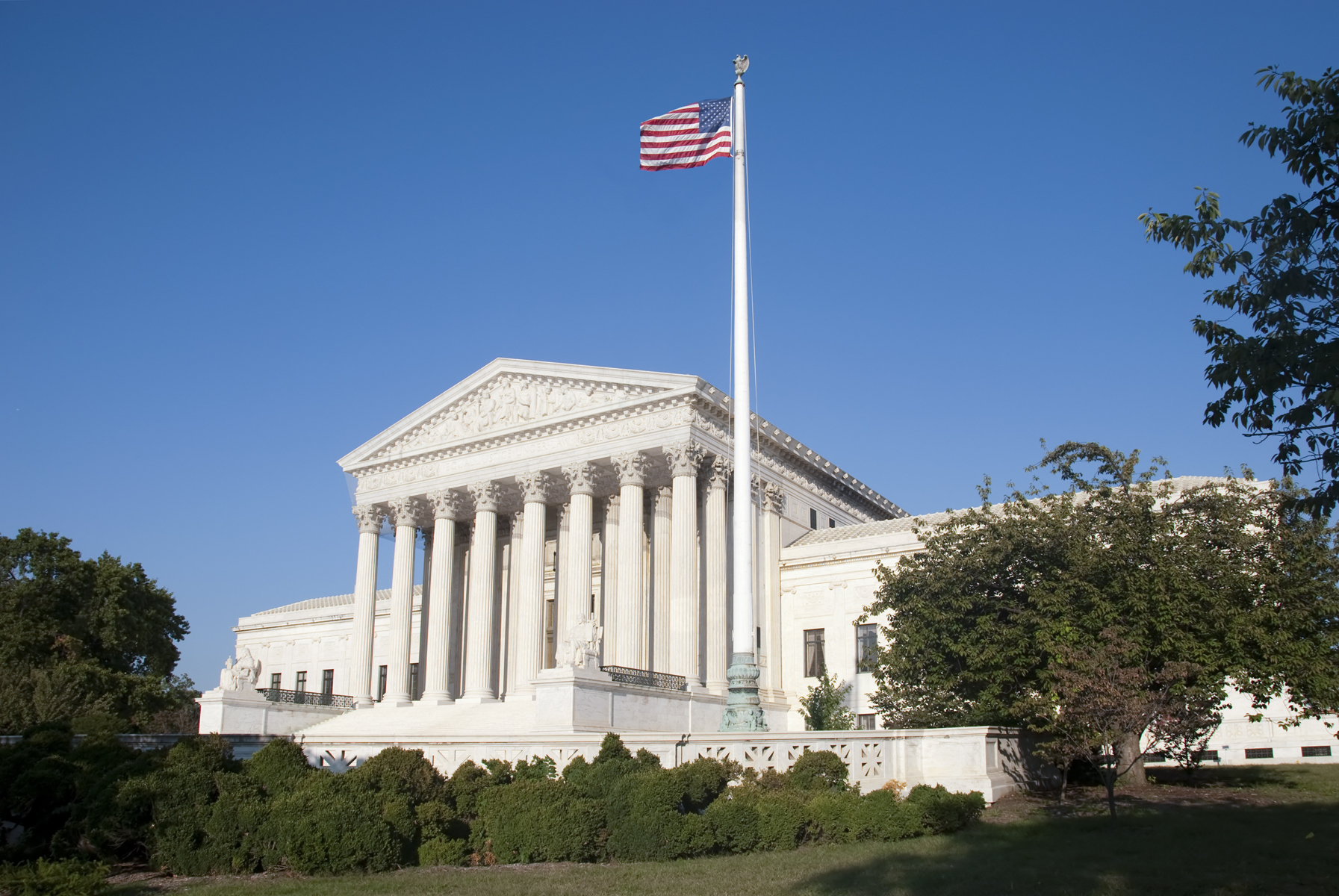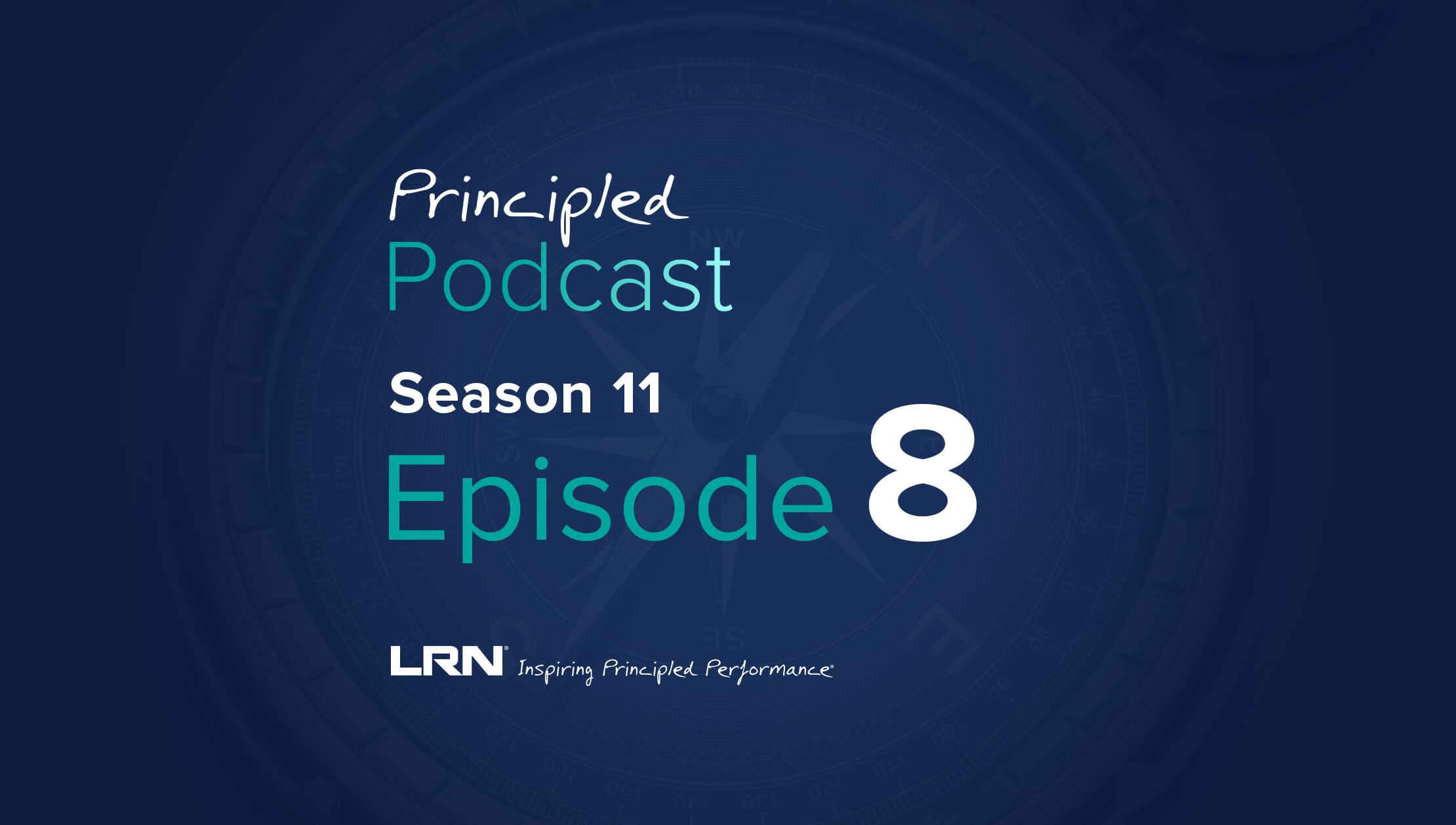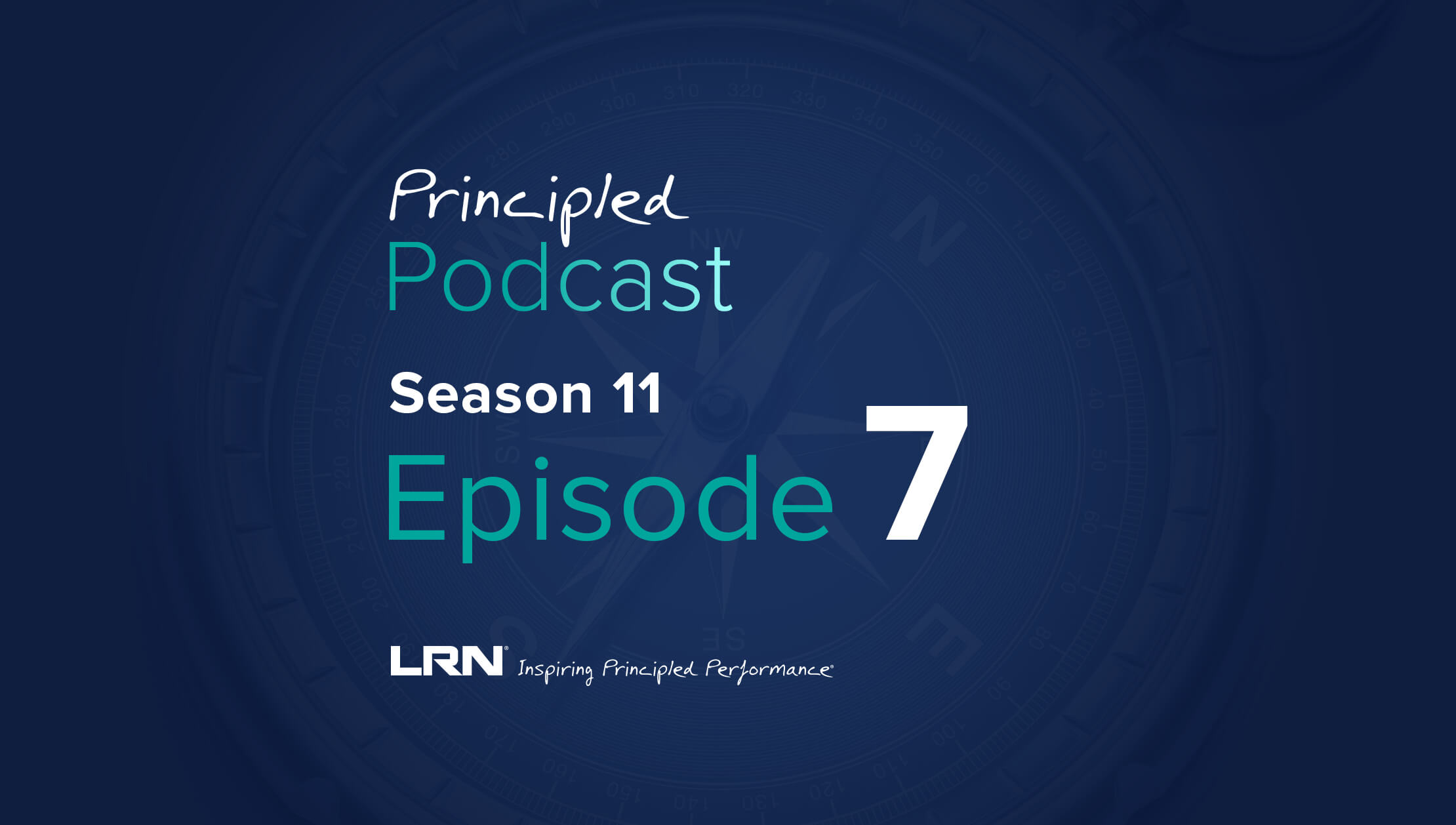History was made earlier this month, when the United States Supreme Court announced the enactment of their very own code of ethics (also known as a code of conduct). The announcement came as multiple justices faced public scrutiny for allegations about what appeared to be improper behaviors during their time on the bench. As an E&C professional whose literal job involves assessing the strengths and weaknesses of codes—and then working to improve them through LRN’s partnership with our many clients—I had to take the time to put this new code of conduct under the microscope. So, how does the Supreme Court’s code of ethics compare to best practices?
The tool I used to measure code of conduct effectiveness
As a logical starting place, I used LRN’s proprietary Code of Conduct Assessment Tool to yield a concrete, objective, and comprehensive measurement of excellence based on 47 questions that map to eight dimensions of code effectiveness. (To learn more about this tool, read LRN’s 2023 Code of Conduct Report.) The dimensions examined include:
- Tone from the Top: An inspiring message from senior leadership that demonstrates a commitment to ethical behavior and living the values of the organization.
- Purpose and Values Orientation: A clear statement of what the company values are and how they translate to behavioral expectations for how employees treat one another, customers, and the communities they serve.
- Applicability and Administration: Defining to whom the code applies and how it’s implemented and enforced.
- Speaking Up: A summary of the reporting channels available to employees and a description of the process for addressing concerns raised.
- Risk Topics: High-level guidance of the risks within the organization and wider industry, along with principles and standards employees can follow to help avoid or manage these risks.
- Knowledge Reinforcement: Integrated learning aids—e.g., real-life scenarios, ethical decision-making models, links to policies, and links to resources such as training and videos—that are easy to refer back to in the code.
- Usability: Making the code accessible to all employees through easy navigation, readability, and content structure.
- Look and Feel: Making the code a visually engaging reflection of the organization’s brand, including use of imagery and graphics to enhance readers’ comprehension of material.
Is the US Supreme Court’s code of conduct effective? Let’s assess.
It seemed clear from the outset that the Supreme Court’s code of conduct would not be achieving a high score; the short length and heavy use of legalese indicated both that the code would likely not have enough detail to cover all the highest risks, but also that it would not be very user friendly to a wide audience.
Let’s break down this code of conduct by each dimension to determine what makes this code unique, and what could be improved to better align with current best practices.
Dimension 1: Tone from the Top
- What makes this code unique? The Supreme Court doesn’t have a CEO to set the tone.
- Quick fix: Include a message from the chief justice to add gravity to the message.
- Long-term improvement: Knowing the American public can view this code of conduct—and knowing the court is ultimately accountable to the public—consider how the tone from the top messaging can address ideas of justice, fairness, and the law in a more thoughtful, relatable manner.
Dimension 2: Purpose and Values Orientation
- What makes this code unique? The US Supreme Court doesn’t have traditional employees or customers to orient themselves around.
- Quick fix: Position the Supreme Court appropriately for who they serve and explain precisely how they serve in an ethical way.
- Long-term improvement: Consider adopting a set of core values and including those in an updated version of the code
Dimension 3: Applicability and Administration
- What makes this code unique? The Supreme Court doesn’t have contractors or other third parties that could be working on its behalf that should therefore be covered by the code.
- Quick fix: Make crystal clear that the code of conduct is expressly applicable to all US justices.
- Long-term improvement: Ensure that the code mentions important specifics such as what investigations look like, and what the consequences for code violations could look like.
Dimension 4: Speaking Up
- What makes this code unique? Unusual in the world of codes, there is no mention of any speak-up resources. It appears the Supreme Court justices may not have a clear way to report if something seems amiss.
- Quick fix: Consider adopting a third-party helpline to give justices a way to report potential misconduct that would not fall back on them negatively.
- Long-term improvement: Ensure there are multiple speak-up resources, publicize the helpline, and flesh out an anti-retaliation policy to foster ethical behavior and ensure accountability.
Dimension 5: Risk Topics
- What makes this code unique? The US Supreme Court does not have many of the same risks that other industries have, such as competition law or anti-trust, international trade, or third-party management.
- Quick fix: Though the risk profile is different, the Supreme Court should consider including much more detail on the big risks they do face: conflicts of interest, harassment, and privacy and data protection.
- Long-term improvement: Conduct a risk assessment to see what other major risks are pertinent to this type of organization.
Dimension 6: Knowledge Reinforcement
- What makes this code unique? It’s unclear if knowledge checks, such as callouts with definitions, are a fit in an organization with elected officials instead of employees.
- Quick fix: Consider adding more policies where they make sense.
- Long-term improvement: Knowledge checks such as Q+As may make sense if the Supreme Court could identify public-facing scenarios without jeopardizing their mission.
Dimension 7: Usability
- What makes this code unique? No one besides the justices really need to use this code of conduct.
- Quick fix: Adding a table of contents would make a huge impact on navigating information.
- Long-term improvement: Remove legalese, making sure there is transparency for the general public so they can read and understand the code.
Dimension 8: Look and Feel
- What makes this code unique? It’s unclear whether the US Supreme Court has branding guidelines.
- Quick fix: Break up the big blocks of text so it is easier to read the content.
- Long-term improvement: Consider what the visual style should be; even in the absence of traditional branding guidelines, graphic design could go a long way in making the code look much more thought out.
The key takeaway
Ultimately, codes of conduct should work for the people. In this case, one could argue that “the people” could be not just the Supreme Court justices, but the American public as well. The US Supreme Court should consider this and establish a true E&C program to help protect their interests, as they aim for more transparency and accountability. As in the private sector, SCOTUS should understand that reputation is everything. Having a code is an important first step, but what they do next to build on this is even more important.



